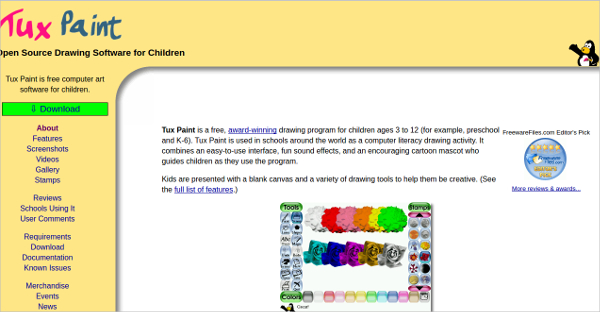
This has implications for how we support early childhood creativity, both through the physical resources we provide for the activity and through the adult interactions that surround it, particularly in the home. The differences in how creativity was manifest with the four resources indicate that each of the resources carry a distinct creative potential. Finally, the study shows how the features of specific text-making resources, both digital and non-digital, shape creative text-making as it unfolds. Secondly, it focuses on father-child collaborative creativity, and demonstrates how adults in the home can influence the creative trajectories that children take in their text-making with different resources.

Firstly, it enriches our understanding of creativity as it is manifest in the home environment. The study makes three novel contributions. We used video transcripts analysed using thematic deductive analysis, supplemented with multimodal description of the processes and frequency measures for the individual and collaborative indicators of possibility thinking. Particular attention was paid to the child's ‘possibility thinking’ (Craft, 2008) and engagement in ‘what if scenarios’, her father's support for this kind of creative expression and their joint creative collaboration as it unfolded during eight episodes of text-making.
#Tux paint trial Pc
This study examines how the properties of digital (an iPad app and PC software) and non-digital (collage and drawing) resources for children's text-making influence the creative expression of a three-year-old during collaborative text-making with her father at home. In addition, it was found that the fathers created narratives stating that they learned more about the perspective of their children regarding art, got to better know their children’s interests due to the artistic experience and decided to have more frequent artistic experiences with their children in the future. It was also observed in the process of creating images, that the fathers and their children had experiences in planning and initiating the creation process, continuing the drawing/colouring process, associating their artwork with the exhibition, naming their artwork and creating a common symbol. It was shown in the results that the fathers and children expressed their thoughts about features of the exhibited works such as size, line, transparency and texture as well as other aspects such as the part‐whole relationship and the materials and techniques used in the artworks. The data obtained in the study were analysed through content analysis. Each father and child dyad visited the exhibition at different times and their dialogues during these visits were recorded.

Five children in early childhood (48–88 months old) and their fathers participated in the research carried out in a Contemporary Arts Centre in Ankara, Turkey. It was designed and conducted as a narrative study, which is a qualitative research methodology. The aim of this study was to examine the early childhood experiences of children visiting an art exhibition with their fathers and creating their own artwork.

In this article, the author argues that a social semiotic exploration of destruction can help to move discussions of children’s art-making beyond developmental preoccupations with individual intentions and towards a post-developmental account that engages with the richness of children’s experiences and actions. A comparison between these two episodes is used to explore how digital and paper-based semiotic resources may impact differently on the experience of destruction and the affective and relational work that it can achieve. In order to explore this further, the author considers two episodes of art-making: firstly, an episode of child–parent art-making that ended in a five-year-old child scribbling over a drawing on paper with a black crayon, and, secondly, an episode of a five-year-old child using touch to cover over the drawing she had made on the classroom interactive whiteboard during free-flow activity time. Sociocultural accounts of children’s art-making and social semiotic approaches to meaning-making offer a theoretical lens for understanding children’s acts of destruction as meaningful and the way in which different semiotic resources shape the meaning-making involved in destruction differently.

In this article, the author explores children’s destruction of their artwork as it occurs on paper or digitally via an interactive whiteboard.


 0 kommentar(er)
0 kommentar(er)
